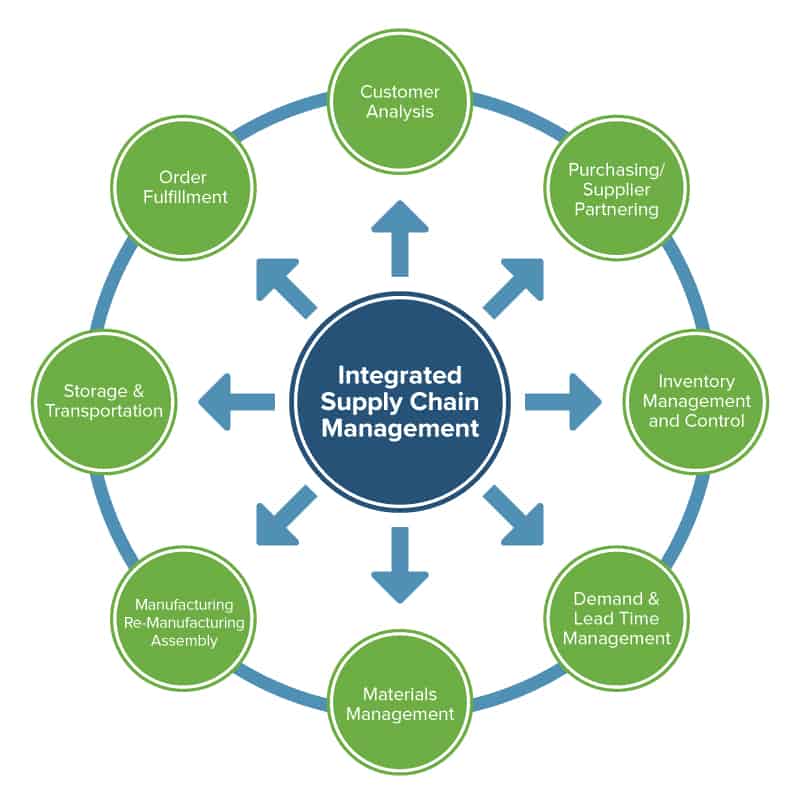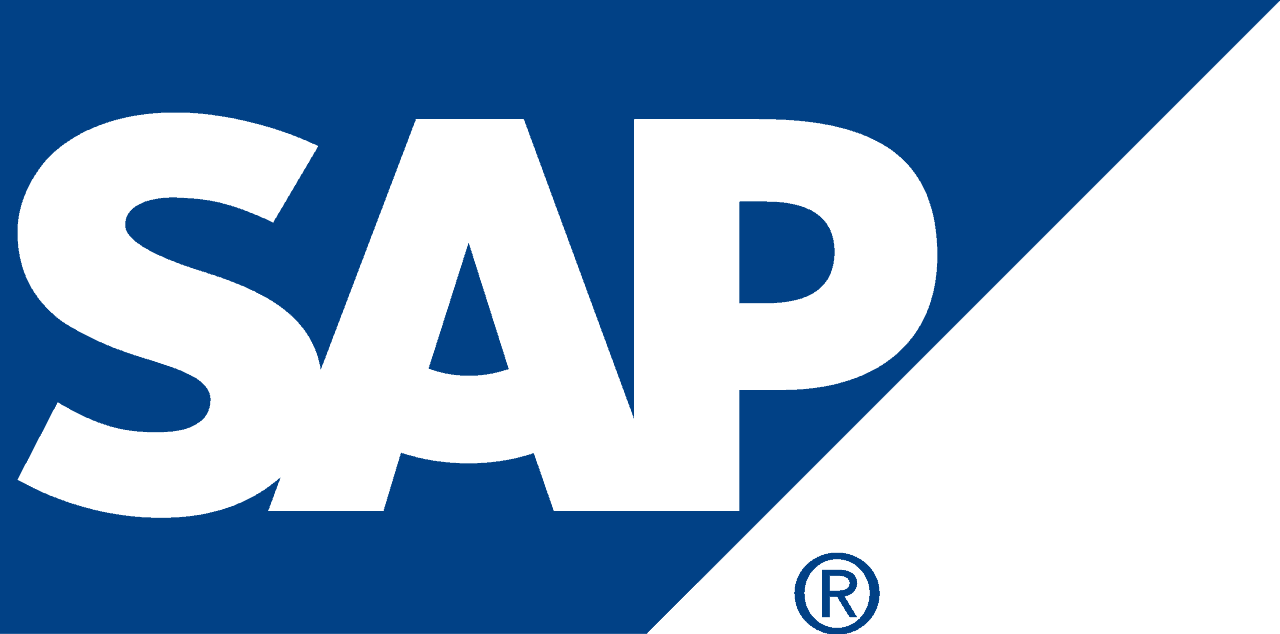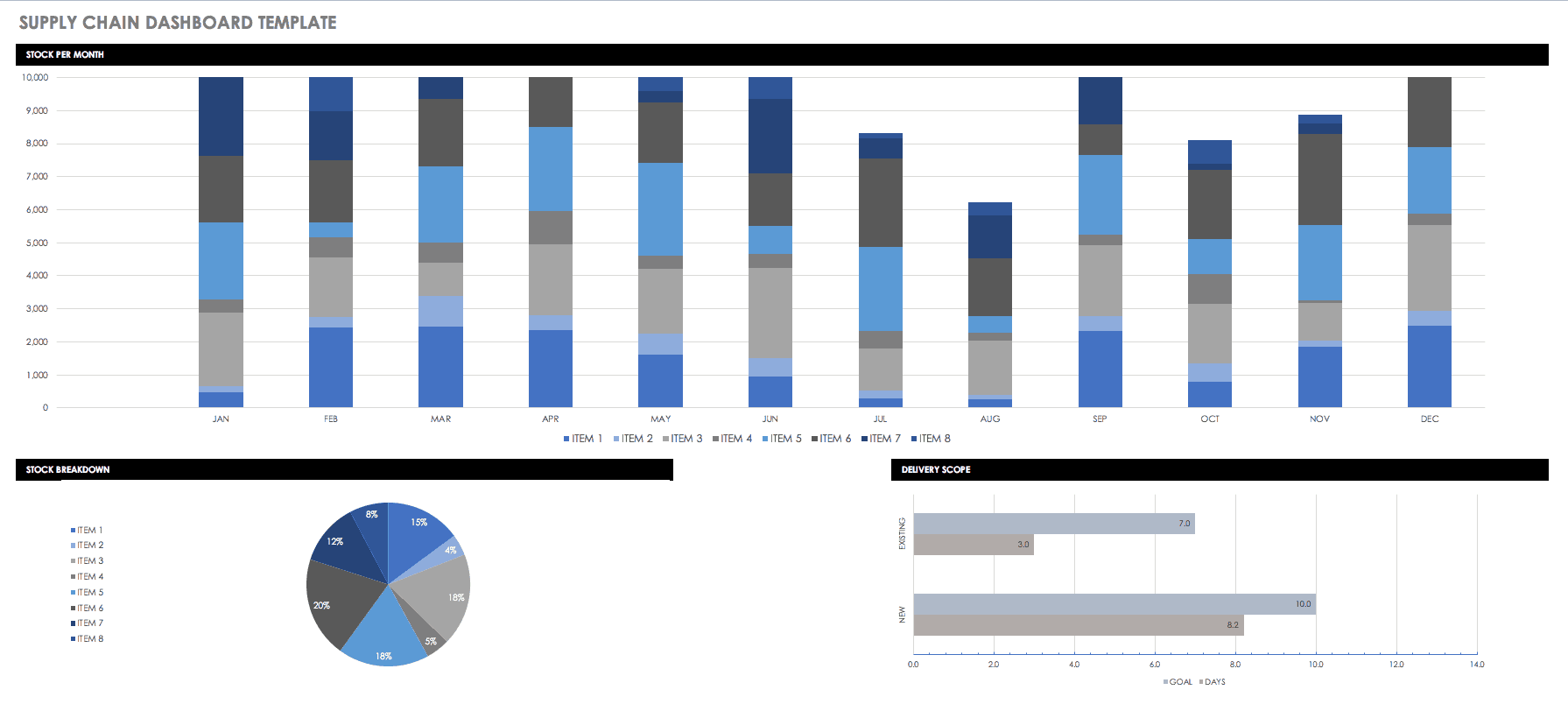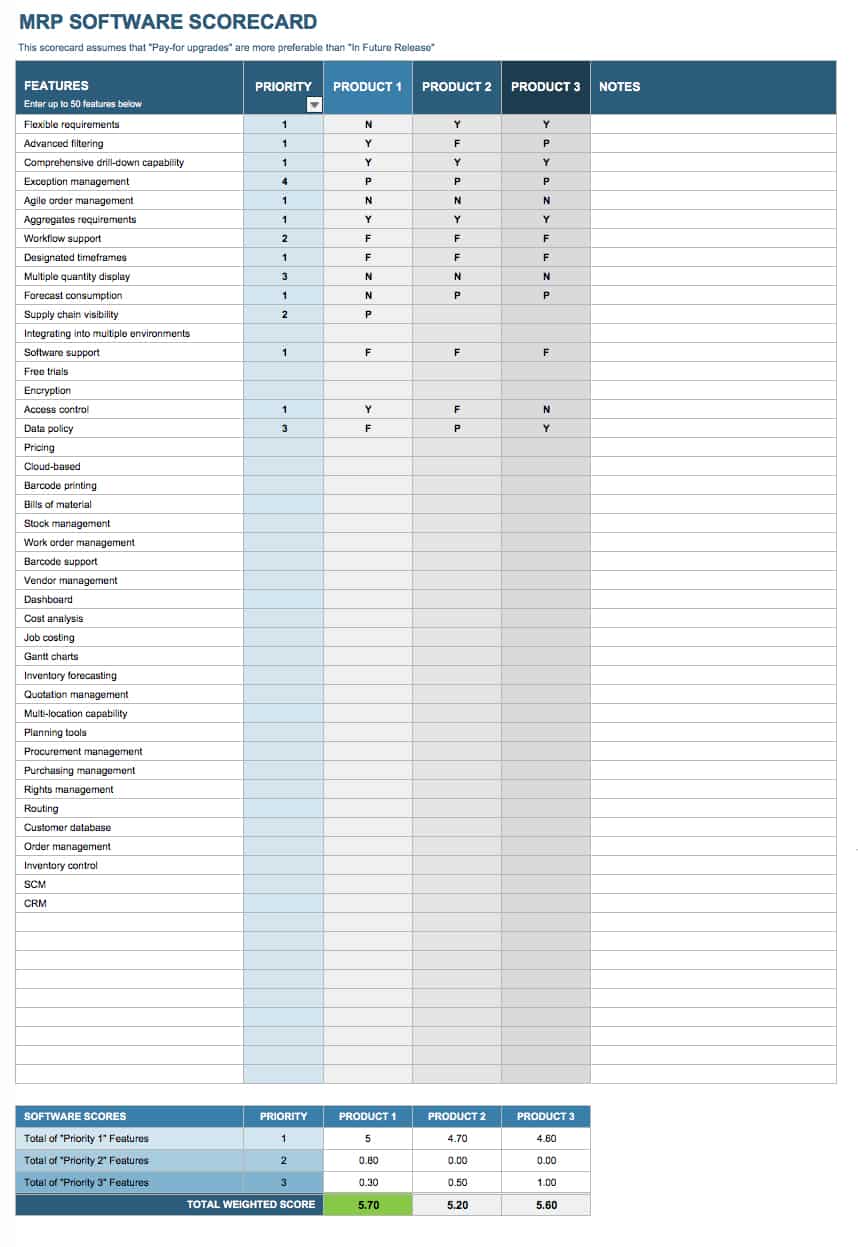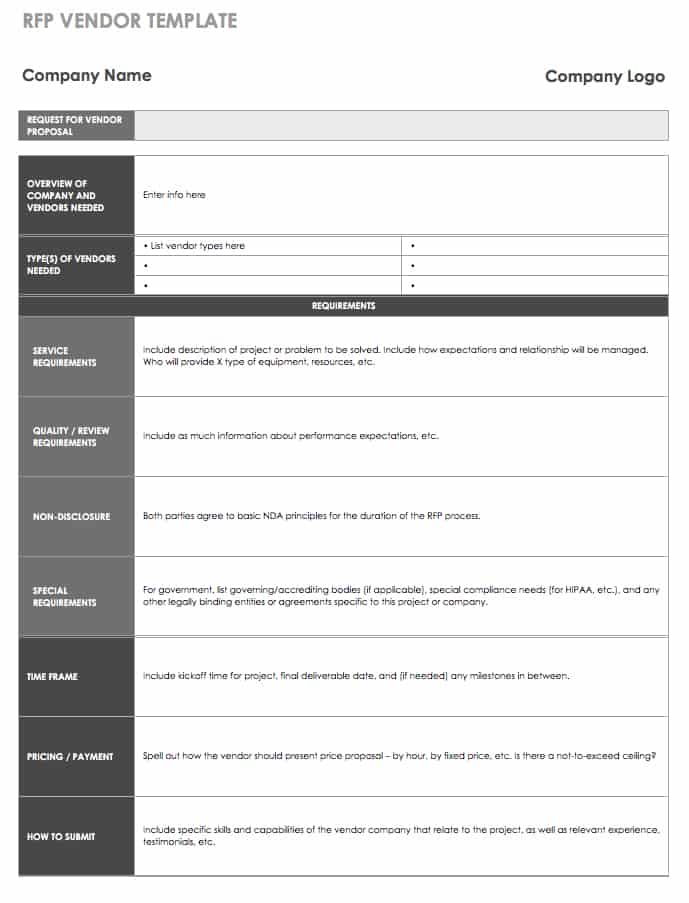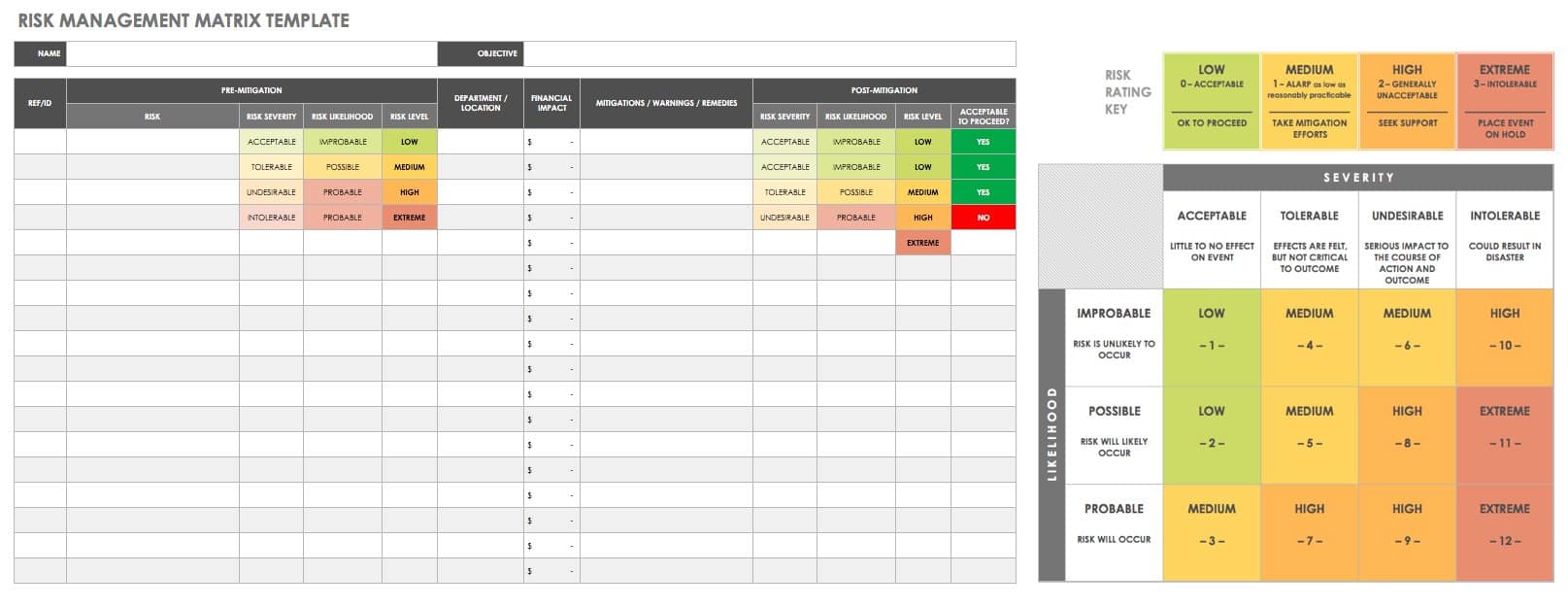What Is a Supply Chain Management System?
A supply chain is a network of different locations and departments for one company, or of many different companies working together, with the purpose of creating a product from raw material to finished good. Supply chain management is the process of purposefully designing, overseeing, and continuously improving every aspect of a supply chain from start to end.
A supply chain management system (also known as a tool, solution, or software) is a centralized program that allows all parts of the supply chain to share data, track progress, and otherwise manage their products. A modern SCM suite will have some cloud functionality, empower coordination and logistics through instant communication tools, and reduce workload and staffing needs through automation and algorithms. Though the scope of features and exact functions of these tools may vary considerably, they can all be called SCM systems - as long as they support the supply chain in some way.
What Are the Benefits of Supply Chain Management Systems?
Supply chain management systems increase efficiency and reduce time and material waste, so in many cases they pay for themselves. Every cent of margin that can be saved is a boon that sends waves up and down the supply chain. These applications can provide the following specific benefits:
- Help businesses adapt to changes in their market by empowering communication and information sharing that can give early warning to supply chain partners.
- Help departments and partner suppliers avoid data siloing, and reduce mistakes based on outdated or faulty information.
- Reduce inefficiency and costly oversights by centralizing the management of various suppliers, customers, and goods.
- Eliminate waste by automatically analyzing and making best use of your assets.
- Provide insights that help you make proactive decisions, ultimately helping you outperform the market.
- Stay perpetually up to date with modern features (with a monthly software-as-a-service (SaaS) model).
- Help your supply chain sustainably scale and mature, as you’re always aware of your organization’s health in information flows, inventory flows, and cash flows.
- Increase efficiency by enabling clear communication between partners, ultimately avoiding delays and rework.
- Maximize your potential profit by helping you spot and eliminate problems throughout the supply chain and partner portfolio.
- Optimize forecasting, planning, scheduling, and execution of supply chain strategies by keeping all partners informed.
- Reduce labor hours and administrative costs through automation of daily tasks.
- Shorten fulfilment cycles by helping you analyze where slowdowns and chokepoints keep cropping up.
- Keep supply chains compliant with regulations.
- Provide trend analysis and business intelligence, which allows for the best competitive advantage.
The Different Types of SCM Tools
There are several types of SCM solutions, built for different types of buyers. It’s important to assess which type you need to fit your organization’s needs:
Best-of-breed: These programs are made to perfectly address one particular aspect of supply chain management. As the name implies, they are often the best option for such functions because they are so specialized. The downside is that organizations need to ensure they can share data with partners’ systems and within their own organization. For example, a tailored inventory management system with state-of-the-art automation would reduce warehouse worker inefficiency.
Integrated SCM suites: These collections of tools are meant to track and optimize the product’s journey from raw material procurement to end consumer delivery. Tightly integrated supply chains can benefit from these suites because they allow suppliers with different needs to share information for use in different functions. Logistics is combined with inventory and warehouse management, along with project management, product development, and even a Point of Sale (POS) system in the retail shop where the product is sold. These are often sold as an all-in-one solution, but can sometimes be licensed a la carte.
Enterprise Resource Planning (ERP): This class of system goes beyond the supply chain to join data and functionality with other parts of a major corporate business, such as HR, business intelligence (BI), accounting, customer relationship management (CRM), and more. As the name implies, this type of solution is intended for the enterprise, and requires significant investment. (For an idea of the scale, this is the type of system that Procter & Gamble uses.)
Common SCM Solution Features
As discussed earlier, not all supply chain management tools have the same feature set. The following chart will help you determine which features are important for your organization’s needs before considering any potential solution.
Feature | What It Does |
|---|---|
Analytics | Receive automated insights about different aspects of the supply chain, such as “this leg of the product journey is unusually long,” or “10% more material is wasted at this supplier.” |
Communication & collaboration | Directly message members of other suppliers in the chain and work together on shared goals and plans, all within the system. |
Design supply chain | Use a visual, data-rich interface to drag, drop, and design the optimal supply chain from start to finish. |
Ecommerce | Integrate the digital storefront with the backend inventory and SCM systems to tie in warehouse restock and distribution centers with online analytics. |
Integrated business planning | Tie in supply chain management with other activities, such as marketing, in-store promotions, and S&OP, so that leaders of all departments can collaborate and make effective plans. |
Keep the correct amount of items supplied in the right place, such as a store, distribution center, or warehouse. | |
Order fulfillment & returns | Track orders and ensure that the right activities and suppliers are given credit for them (in terms of time and budget spent). Track unpaid orders, unfulfilled orders, and assess whether alternate fulfillment solutions like build-to-order (BTO) or made-to-stock (MTS) would be a better solution for each product. |
Procurement | Manage backend paperwork for purchase orders, invoices, and receipts. Tie in the data with finance and accounting systems for a 360-view of cashflows, and pull an audit trail to gain insight into any situation. |
Retail optimization | Increase demand planning all the way to the storefronts at the end of the supply chain. Track and optimize replenishment needs to individual stores and kick off new just-in-time (JIT) production. |
Supplier sourcing & management | Monitor the performance of suppliers through tracked KPIs and assess risk and compliance. Compare vendors against each other, manage quotes and proposals, and find ways to cut unnecessary costs. |
Supply chain & demand planning | Use historical insights and simulations to forecast customer demand in different situations, such as with promotions and competitor activity. Then, plan supply chains and production flows accordingly. |
Transportation & logistics | Track freight activity, physical space availability, and delivery times. Tie in with other systems to reduce travel times and eliminate overlapping deliveries, where containers sit unaccessed for long periods of time. |
Allow suppliers to replenish buyer’s inventory on their end in tightly-integrated supply chains. This reduces the burden on the buyer’s workflow and automatically keeps them informed of activity. | |
Warehouse management | Keep track of shelf space across your entire network of warehouses and distribution centers, optimizing where items are stored for shortest and most efficient delivery to the next link in the supply chain. |
How Different Industries Use SCM Software
Even though we refer to supply chain management as a “field,” it is really a collection of similar practices that can be applied in different ways, depending on the industry. Here are some of the different needs that SCM software can address, based on industry:
Automotive: Most car manufacturers are expected to produce a large number of floor models and also support build-to-order for customers buying brand new. To accomplish this, it’s imperative to manage inventory at dealerships and distribution centers while tying in ecommerce systems to locate already-built cars that match customer specifications.
Chemicals & pharmaceuticals: With specialized needs, certifications, and extra oversight, pharmaceutical organizations require integrated SCM systems that allow the right people to access data at the right time. Transportation of chemicals can be especially dangerous, making logistics for clear routes and careful storage all the more important for this industry.
Consumer goods: Organizations working in consumer goods need to focus on demand forecasting, because everything depends on the end buyer. Finding ways to cut costs in the supply chain and pass those savings on to retail and ecommerce stores makes your product more likely to continue being replenished.
Durable goods & furniture: Due to the physical size of these products, furniture and durable goods need to have limited warehouse time. In high-end, made-to-order furniture supply chains, tight integration of systems help reduce luxury buyers’ wait time from order to fulfillment.
Electronics & high tech: SCM software with strong levels of security for proprietary information is vital for this sector. Being able to tie in designers, developers, manufacturers, and procurement helps keep high-tech products on time for delivery to customers.
Food & beverage: F&B transportation and storage needs tend to have more stringent requirements (for purposes of food safety and handling). Early detection of problems at farms near the beginning of the supply chain helps prevent costly recalls and PR disasters for major food corporations at the other end.
Grocery: Grocery store shelf-life is a precarious business: forecasting consumer demand and stocking accordingly can be the difference between profit and significant loss in this slim-margin business.
Healthcare: Getting equipment and transplants to the right hospitals at the right time makes all the difference for many patients. Healthcare professionals must look for SCM systems with proper inventory management, and that support open communication between extremely busy specialists.
Life sciences: Scientists working in biology and adjacent fields have living beings as “products,” and highly sensitive organisms to manage. When your “inventory” has to eat, breathe, and sleep, timing of their sustenance and other concerns require significant coordination in SCM tools.
Manufacturing: For suppliers near the start of a given supply chain, vital activities include forecasting buyer demand and handling purchase orders quickly. There are only so many facilities a manufacturer can use, and if they have multiple customers, keeping those production runs separate - but close and concurrent - helps the manufacturer realize profits.
Retail: Whether they’re a department store with many different suppliers or a boutique that owns their supply chain, retail stores have a great need for SCM software. It must share data with POS and CRM systems to anticipate future demand, manage returns, and account for shifts in the ever-changing and competitive B2C landscape.
Service & aftermarket parts: This is one of the harder chains to manage because it’s often moving in reverse of all others. Aftermarket parts, especially for cars, require a broad product portfolio, likely spread across distribution centers around the country. An SCM tool needs to track stock and products beyond the point of sale to when it reenters the chain, gets refurbished, and is available for service or resale.
Softgoods & apparel: Softgoods have similar concerns as consumer products, but also face more scrutiny regarding the ethics of their supply chains. They can use SCM tools to analyze and strategically select vendors to keep costs down, while still providing the quality and marketable sourcing that is so important to end buyers.
Wholesale: For suppliers in the middle who neither create nor sell to consumer demand, they use SCM software to run a tight ship and keep perfect levels of inventory at the core of their business.
Buyer’s Advice From Supply Chain Experts
Tyler Riddell, Director of Marketing for eSUB Construction Software says:
Industry Needs and Demands: Some companies have a unique supply chain that needs to be addressed.
Data Migration: Is the SCM software compatible with your current setup?
Reliable Vendor: Stick with a vendor with a proven track record.”
Lisa Hedges, Market Researcher for SCM system consultancy Software Advice comments:
To find the right solution, the first question you should answer is what type of buyer you are. Companies that primarily focus on third party logistics will often require a robust solution which can handle a lot tracking, order fulfillments, and customer profiling. Meanwhile, manufacturers should look for features such as strategic sourcing, collaboration, and demand planning.
Retailers looking for SCM software will likely need solutions that focus on warehousing, transportation, and inventory control. Another large group of buyers is distributors, who might tend to focus on tools that offer inventory and transportation capabilities.
It’s also important to understand some of the trends happening in the SCM market. Cloud-based software solutions have been widely implemented across most industries in other markets. While SCM providers have been a little slow to adopt this trend, technological improvements are making this a viable option in the future.
Companies are also looking for more solutions that adopt business intelligence features. They want to know exactly where the money is going in their company. With this in mind, SCM providers are looking to incorporate tools that have BI capabilities.”
Guide to Gaining Buy-In From Your Boss
Organizations that merit a SCM system are usually large scale operations; therefore, adopting a system is a sizeable investment and the decision will be made by executives. Use the following guide for gaining sign-off from each executive typically involved:
Chief Executive Officer (CEO)
This executive is concerned with the overall direction of the company, how it competes with its rivals, and how new plans affect all other ongoing plans. In short, they want to know the big picture. Sell them a vision of a maturing supply chain with less waste, faster delivery time, and significant new data that allows the organization to compete proactively, and lead the industry rather than playing catchup.
Chief Information Officer (CIO)/Chief Technology Officer (CTO)
This executive wants to know that any new solution is going to be technically feasible, not interfere with existing solutions, and be futureproof. They will want you to provide specifics of different vendor capabilities, investigate how the technology integrates with existing technology, and provide concrete reasons it’s the best option. There are typically two types of CIO/CTO - those who are excited by new solutions (and the opportunity to be “the one” to introduce them), and those who are cautious to adopt new systems (and therefore hold onto legacy systems which “work good enough”). The former is no problem to persuade, but you’ll have to prove to the latter that there are significant holes in functionality and data in the current system.
Chief Financial Officer (CFO)
This executive is all about money and budget. If you cannot prove a reliable ROI for the new system, you cannot get their buy-in. Explore all the angles and compare costs at each stage of the supply chain, identifying wasted budget and especially opportunity costs. After all, the value an SCM system brings is in decreasing waste and increasing performance, so it needs to be spelled out with logical line items. Ultimately, you need to prove to the CFO that this solution saves money.
The Present and Future of SCM Software
Supply chain management software is a long-term purchase, so be sure you’re looking far into the future when picking such a solution. Here are the major trends emerging in the SCM software market:
Automation: Due to advancements in machine learning and algorithm development, many systems are able to detect patterns and predict future ones. This reduces the amount of human input required, and saves time for every link in the supply chain.
Corporate social responsibility (CSR): Due to the rise of social media and consumers with greater awareness and ability to talk back to organizations, supply chains and sourcing are becoming regular topics of conversation. Systems that enable flagging of potential ethical and human rights issues for members of the supply chain is important to keep the whole supply chain “clean.”
Distributed order management (DOM): This is a type of supply chain tool rising up between ERP and SCM systems. It follows the automation trend by allowing users to set up rules that dictate how order fulfilment is performed. These are being used by manufacturers who sell via distributors rather than directly.
Eco-friendly logistics: Following the corporate social responsibility trend, there is a larger push for supply chains that cause minimal damage to the environment. The waste-reduction and transportation-shortening abilities of SCM tools are playing a greater role on lowering the burden on the environment.
Ecommerce supply chains: Many retailers’ ordering actually happens mostly or entirely online, which is reducing the need for POS systems and increasing the need of SCM systems to integrate with front-end digital storefronts.
Focus on optimizing existing manufacturing lines: Integrated, advanced systems are becoming more popular and plentiful as organizations abandon vertical integration in favor of specialization and niches.
Greater business intelligence: Thanks to the rise of big data and the decreasing price of BI (as more vendors enter the market), organizations are gaining visibility into what happens within their departments and with their suppliers. SCM tools will have to match these increased expectations.
Increased labor management needs: With greater control over automatic systems and data (like inventory) already in place, SCM tools are now pushing to include project management and task list automation to optimize worker activity throughout the supply chain.
Internet of Things (IoT): In factories, warehouses, trucks, and throughout the supply chain, there is an increase in internet-enabled devices that can inform an SCM system about status and problems anywhere, at anytime. For example, truck movements can be tracked, and warehouse robots can be stopped or started automatically based on activity down the chain. These features will help future-proof your system.
Less centralized control: Supply chains are becoming less vertical as organizations niche down, which means SCM systems need to communicate with partners who are outside your organization.
More global competition and risk: The massive online marketplace takeover (Alibaba, Amazon, etc.) and the global adoption of technology poses many more potential risks. Being a major regional player may not be good enough anymore, as smaller suppliers struggle to keep up with global buyers. Many smaller organizations are using enterprise SCM tools to reach higher status and ability.
On-demand SCM software (SaaS): One of the bigger general trends in enterprise systems is the move away from a one-install-and-you’re-done model to a Software-as-a-Service (SaaS) model. SaaS solutions charge a much lower price on a monthly basis per each user, and data is accessible from any device and preserved in the cloud. Expect just about any SCM system you procure to work in this way.
Removing silos: Whether you own the supply chain or just partner closely with others in it, getting on a common technology platform to remove data and communication silos is vital. Supply chains are converging, and your system has to be ready to integrate them to stay ahead of the competition.
Glossary of SCM Tool Terms
Auto ID data capture (AIDC): A system that identifies an object (a material, part, or product), gathers data on it, and submits it to a system without needing human interaction.
Assemble to order (ATO): A modular product that is built from existing, pre-fabricated components, waiting to be assembled based on orders. (For example, a computer where the internal components can be selected before shipment.)
Build to order (BTO): A product that has a standard base design or SKU, but whose parts can be modified based on an end consumer’s choices before the product is built. (For example, choosing color, trim and accessories for a luxury car.)
Digital copy (DC): A digital product which is made from the master copy on-demand to be saved to consumer’s own storage device. (For example, an academic research paper.)
Distributed Order Management (DOM): An SCM system that helps organizations that use distributors locate required parts against orders from a common source.
Electronic requests for X (e-RFx): A feature of an SCM system which automates requests for either quotes, proposals, or other documents between a supplier and a buyer.
Engineer to order (ETO): The product is 100 percent custom, designed and built to the buyer’s specifications. This is generally for one-off orders, like a house or construction equipment.
Key performance indicator (KPI): A metric in an SCM tool that gives analysts at-a-glance insight into how well something is performing. (For example, an inventory management system may have a KPI of “oldest stock in warehouse,” where no stock should be older than 15 days before being shipped out to its next destination.)
Made to Stock (MTS): The typical mass-produced product, made based on demand and sales forecasts for distribution and purchase. (For example, toothpaste rolls.)
Radio frequency identification (RFID): A tagging technology that can be embedded into products (or their containers) to allow for automated detection, identification, and scanning of said products into a computer system without requiring holding and scanning from a particular angle, like a barcode. These are useful in automation of inventory and logistics.
Supplier relationship management (SRM): This is an area of SCM tool functionality that gives buyers insight into the metrics of their suppliers, with the goal of maximizing coordination and adding value on both ends.
Vendor managed inventory (VMI): A function of SCM systems where suppliers can manage their inventory in buyer warehouses and other facilities directly, without the buyer’s input. This reduces burden on the buyer, and enables suppliers to be more involved in their customers’ success.
Supply Chain Management Tool Finder
When searching for a supply chain management solution, it’s important to find a tool that fits your team and workflow needs. That’s why we’ve provided the tool finder below to help you quickly narrow down the options. Use the drop-down menus to sort solutions by the type of tool needed, desired functionality and features, and your company size.
Features
3PL Warehouse Manager
Tailored to transit businesses, 3PL Warehouse Manager specializes in logistics concerning the movement of goods from distribution centers to their end destination. Primarily used for Ecommerce, 3PL streamlines the movement of goods and the billing involved in services provided.
Descartes Systems Group
Descartes Systems Group is a logistics-based platform whose strengths cover all aspects of the supply chain movement of goods and services rendered. Increased collaboration, responsiveness, efficiency, and performance is possible with enhanced technology to detect and support businesses' constantly changing needs.
Enterprise WMS and Interchange EDI
As a premier leader in warehouse management, Enterprise WMS and Interchange EDI is a 3PL-focused platform with advanced reporting features, billing management capabilities, and inventory information updates. Enterprise is perfect for companies whose business is based on retail services that require shipment efforts.
Epicor
Spanning many industrial categories, Epicor offers supply chain management services that are tailored to each client. Rather than an umbrella, one-size-fits-all approach, Epicor solves supply chain management issues based on the industry, size of the company, and is adjusted as necessary.
Fishbowl Inventory
As a leading inventory management software program, Fishbowl Inventory is a handy tool that also eases the financial paperwork. It also connects to QuickBooks, a key feature designed to simplify the accounting process for smaller-scaled businesses. Additionally, it is great for developing inventory status reports. Highly navigable and UX friendly layouts as well as highly customizable reports make Fishbowl an easy decision for any privately-owned business.
Geneva Business Management Systems (GBMS)
Best suited for small to medium sized businesses, GBMS applies web-based ERP technology to ensure overall integration connects and supports web functions across the board. Deployed with a one-stop shop model, GBMS explores new applications with full-service support.
GTNexus
As a subsidiary of Infor, GTNexus brings premium cloud technology to every business. File sharing, quick, secure internal communication, and increased connectivity helps work processes become more efficient.
HighJump
HighJump's WMS is designed to handle all logistical needs for organizations of any size. HighJump specializes in simplifying warehouse management functions by tailoring its services to every client. This warehouse management system adjusts and modifies as businesses grow or as needs change.
IBM Watson Supply Chain
IBM offers supply chain management solutions that extend far beyond computing, into logistical matters. By crafting their own warehouse management systems platform, clients are able to control how and where orders are fulfilled, inventory placement, and product execution to meet a customer's expectations.
Infor Supply Chain Management
As a field expert in SCM, Infor is a powerhouse when it comes to optimizing business operations. From start to finish, Infor supports businesses in creating and analyzing reports, planning and forecasting to anticipate procurement needs, and facilitating collaboration across a span of industries.
JDA Software Group
JDA is primarily a consulting company whose software supports supply chain management operations in manufacturing planning, retail planning, store operations, and other collaborative efforts within the supply chain. JDA Software prioritizes consulting in order to find the right solution for each individual company.
Bluejay Solutions
Bluejay Solutions creates software that helps companies engage in worldwide trade manage transportation, delivery, warehousing, commerce, and compliance. You can use it to optimize granular elements of your supply chain; for example, how to avoid excessive freight rate costs.
Kinaxis
Kinaxis is a company that fills a supply chain planning technology gap by combining supply chain management and S&OP cloud-based solutions. They focus on constraints in order to build effective supply chains.
Logility
Logility is a supply chain planning powerhouse focused on increased revenue and improved customer service.
Manhattan Associates
Manhattan Associates can deliver services from procurement to point of sale. Many enterprise SCM professionals love this omni-channel supply chain solution and fast deployment.
Oracle Fusion SCM
As part of the software giant's offerings, Oracle Fusion SCM is the go-to for enterprises. From managing global orders to designing optimized chains, as well as integrating with Oracle's suite of other corporate software solutions, Oracle helps major businesses create and manage large-scale supply chains.
Procurify
As its name implies, Procurify is a perfect procurement solution for the SaaS age. Their goal is to help small and medium businesses compete with spend planning and approvals, among other procurement needs.
PTC
In their own words, "PTC is a global provider of technology platforms and solutions that transform how companies create, operate, and service the 'things' in the Internet of Things (IoT)." PTC brings product lifecycle management, engineering, and supply chain management together.
SAP
SAP is a giant in the software space, especially when it comes to SCM. They combine supply chain planning and collaboration tools with R&D and engineering, manufacturing, and a wide suite of IoT tools as well.
Slingshot Enterprise Business Suite
Slingshot is a smaller scale ERP solution that focuses on supply chain, accounting, and procurement. This makes it a natural fit for mid-chain suppliers, distributors, and wholesalers.
U Route
U Route is built for carriers and shippers who want to plan their own logistics and take their transportation business to the next level. Its lean functionality gets inventory from A to B.
Supply Chain Management System Templates
If you’re not sure where to begin with planning, forecasting, and otherwise managing your supply chain, try some of the templates below. They help ease the transition from spreadsheet-based work to more elaborate, dashboard-based systems, and remain flexible so they can work for any unique SCM situation.
Supply Chain Dashboard Template - Excel
Download Supply Chain Dashboard Template
MRP Software Scorecard Template - Excel
Download MRP Software Scorecard Template
RFP Vendor Template - Excel
Download RFP Vendor Template
Risk Management Matrix Template - Excel
Download Risk Management Matrix Template
Excel | Word | PDF | Smartsheet
Stock Inventory Control Template - Excel
Download Stock Inventory Management Template
Create Efficient Supply Chain Operations with Smartsheet
Empower your people to go above and beyond with a flexible platform designed to match the needs of your team — and adapt as those needs change.
The Smartsheet platform makes it easy to plan, capture, manage, and report on work from anywhere, helping your team be more effective and get more done. Report on key metrics and get real-time visibility into work as it happens with roll-up reports, dashboards, and automated workflows built to keep your team connected and informed.
When teams have clarity into the work getting done, there’s no telling how much more they can accomplish in the same amount of time. Try Smartsheet for free, today.
